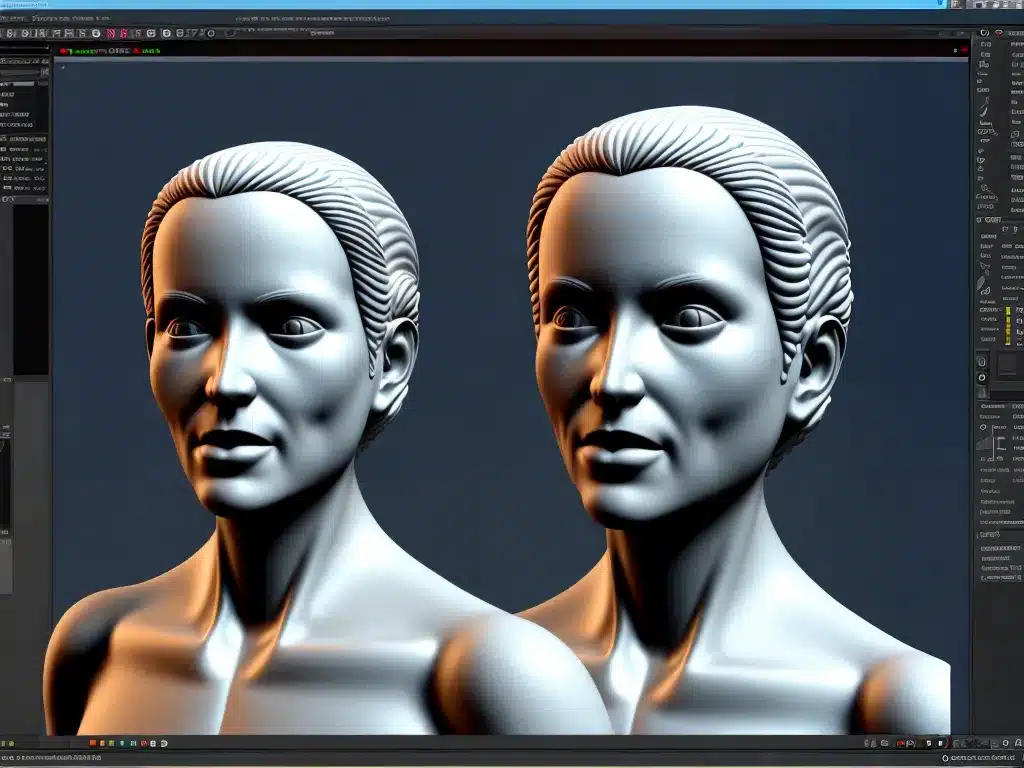
Introduction
3D modeling software allows users to generate complex 3D digital representations of objects and environments. From video games to animated films, architecture to engineering, 3D modeling is utilized across a wide range of industries. As technology advances, 3D modeling programs are becoming more powerful, accessible, and multifaceted. Let’s explore some of the most significant innovations shaping the world of 3D modeling software today.
Enhanced Rendering Capabilities
One of the most important aspects of 3D modeling software is the ability to render detailed and realistic images. Rendering refers to the process of generating a 2D image from a 3D model using shaders, lighting, and textures. The latest 3D modeling programs feature significantly improved rendering engines that produce more lifelike visuals with complex lighting effects, detailed textures, and natural material appearances.
For example, Chaos Group’s V-Ray 5 rendering software introduces AI-accelerated denoising for cleaner renders, GPU rendering up to 20x faster than CPU, and advanced scattering technology for realistic translucent materials like marble and skin. These rendering enhancements take digital art to new heights of photorealism.
Increased Interoperability
In the past, sharing 3D assets between different software platforms was clunky and time-consuming. The 3D modeling scene has become much more collaborative, with developers recognizing the need for programs to work together seamlessly.
The Universal Scene Description (USD) is an open standard that enables smooth exchange of 3D scenes between digital content creation tools like Maya, Houdini, and Blender. This common interchange framework significantly improves pipelines and allows artists to share and iterate on 3D data.
Accessibility
3D modeling software is also becoming more accessible to beginners and hobbyists. While advanced programs still have a steep learning curve, new user-friendly apps provide an easy entry point for creating 3D models.
For example, Moment of Inspiration (MoI) offers a straightforward modeling experience focused on product design and illustration. It utilizes common 2D vector drawing tools like extruding curves to generate 3D forms. Apps like Tinkercad, NanoCAD, and SketchUp also lower the barrier to entry with intuitive UIs and simple construction methods.
Integration with Other Disciplines
The lines between 3D modeling software and other digital content creation fields like animation, game development, and VR are becoming increasingly blurred. Programs like Autodesk Maya and Blender offer broad toolsets that combine polygonal and NURBS modeling with rigging, animation, simulation, rendering, and even video editing in a single integrated package.
These multifaceted apps provide streamlined workflows and allow multidisciplinary creators to work on assets from start to finish within the same ecosystem. Specialized fields like character generation are also being integrated into modeling software via dedicated toolsets for tasks like hair growth and cloth simulation.
Cloud-Based Services
The rise of cloud computing has also impacted the world of 3D modeling software. Services like Adobe Substance 3D and Autodesk Construction Cloud aim to streamline collaboration in team environments by providing centralized remote access to 3D assets and data analytics.
Cloud services enable groups of artists and technicians to work together on large modeling projects from any location. Team members can view and share the latest 3D models in real time for rapid iteration. Asset libraries are also emerging that offer creators a wealth of 3D content to license for their projects.
Conclusion
From major improvements in rendering capabilities and inter-software compatibility to expanded accessibility for beginners and integration across disciplines, 3D modeling software continues to rapidly evolve. Cloud services are also changing the game by connecting teams and providing access to shared 3D assets. These innovations promise to unlock new creative possibilities and streamline pipelines across industries that rely on high-quality 3D content. As technology progresses, 3D modelers can look forward to even more powerful and flexible tools for digital design and artistry.












